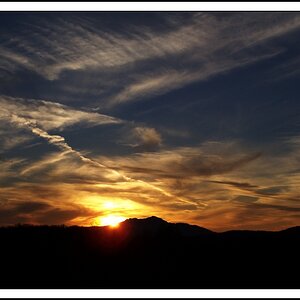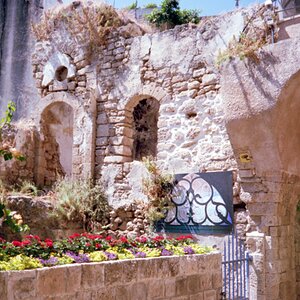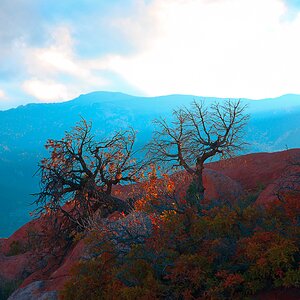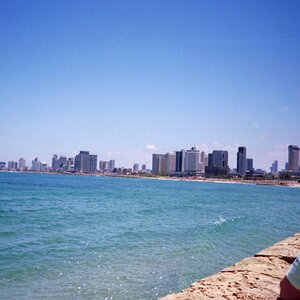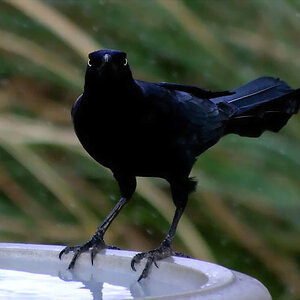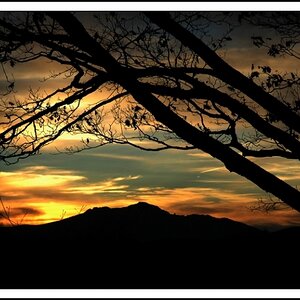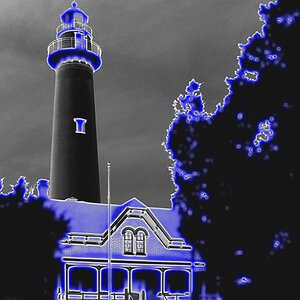skieur
TPF Noob!
- Joined
- May 14, 2007
- Messages
- 5,071
- Reaction score
- 204
- Location
- Canada
- Can others edit my Photos
- Photos OK to edit
Standard approach is camera on a copy stand with two long fluorescent lights (diffuse, daylight colour temp.) on extendable "arms" at a 45 degree angle.
skieur
Most people don't have a copy stand laying around or are prepared to buy one. You can hang your work on the wall on top of some black velour and shoot two soft light sources at the appropriate angle. It's the same thing.
But again, there are so many "gotchas" with this type of work, that you need to hire a photographer that is experienced with this type of work. The art work needs to be lit completely even (for me it's within a tenth of a f/stop or you will see noticeable color shifts). The camera needs to be completely centered or you will get keystoning. If there is any shiny surfaces on the paintings or glass, that changes the lighting set-up. If the painting has texture, that changes the lighting set-up. If the room has space limitations, that will change the lighting set-up. And as mentioned before, you need to know how to process the images to get accurate color. If you are not working from a calibrated monitor and have a color managed work flow, you might as well shoot the art with a disposable camera and make prints at the drug store.
I've probably shot 150 pieces of art in my life, it's not a lot, but it's enough to have made me cry inside a few times. It is very tedious and exacting work.
I would tend to say that buying a copy stand is the most efficient way of getting rid of most of the "gotchas", particularly if you are likely to do a lot of this type of work. Customers/clients would certainly expect and consider this to be a more professional approach.
skieur


